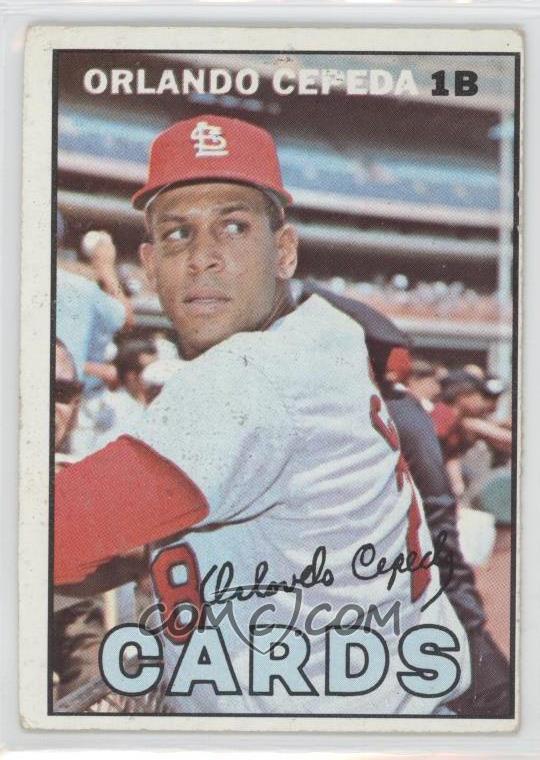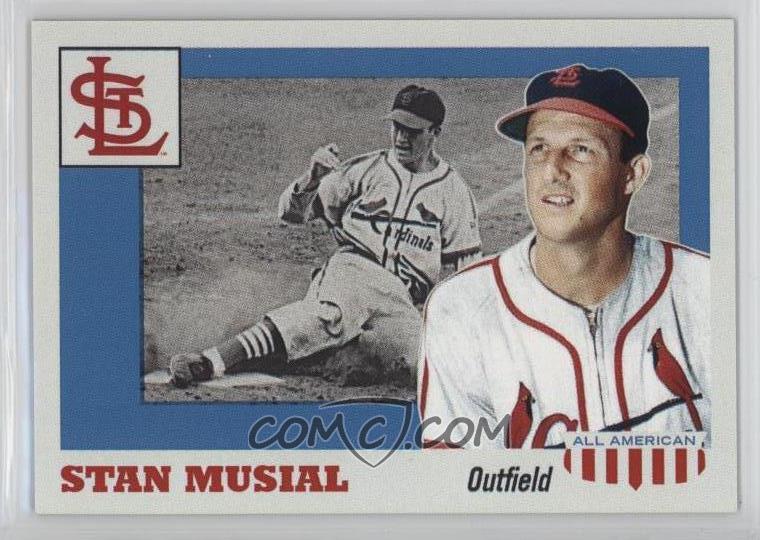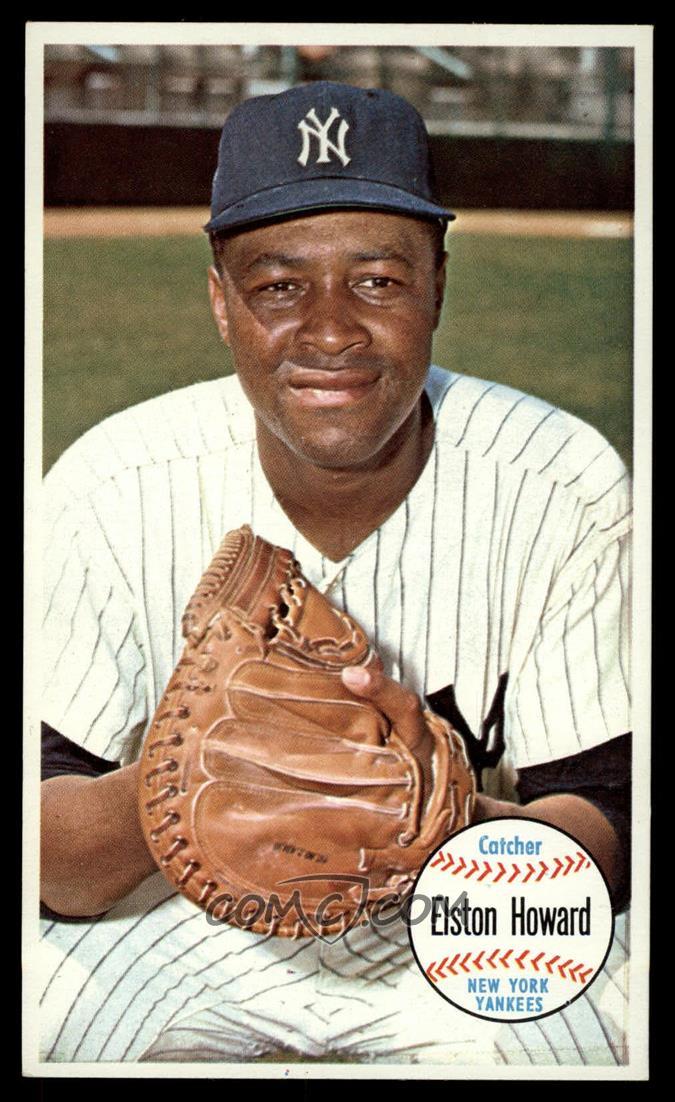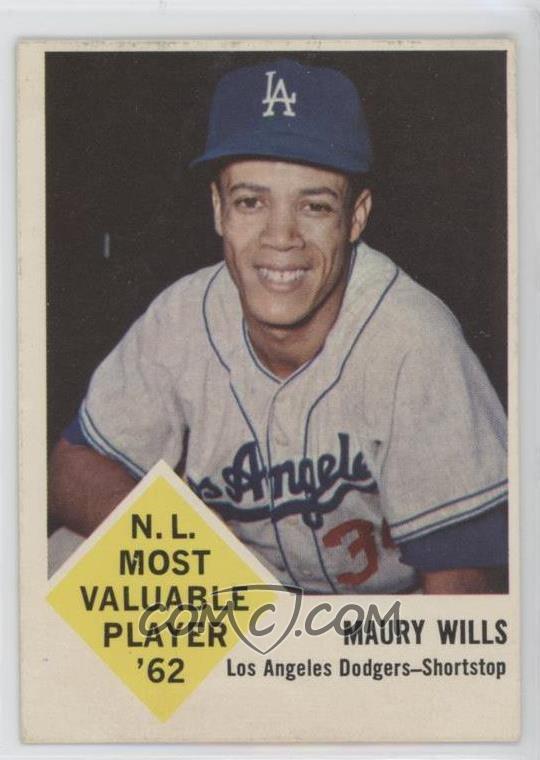A World Series Most Valuable Player has been named each year since 1955, except of course in 1994, when no World Series was held. The World Series MVP originated as an invention of the old Sport magazine (which had developed the entire genre of mass market general sports magazines several years before Time, Inc. began producing Sports Illustrated). The League Championship Series in each league began in 1969, but there were no formal MVPs named for this new round of post-season play until 1977 for the NL and until 1980 for the AL. And there remains today no formal MVP process for earlier rounds of MLB’s post-season.
It may be that the Major League Baseball post-season has now grown so substantial that it is appropriate to treat the post-season as a whole entity deserving its own over-arching Most Valuable Player process. In 2013, for example, there were 38 post-season games, which makes 76 team games, almost half a regular season for an individual team.
There is no Wins Above Replacement for the post-season; the nature of post-season play isn’t really amenable to the kind of calculations that go into WAR. But we do have Win Probability Added (WPA) numbers for the post-season. Indeed, because we have play-by-play records for every post-season game from the first World Series in 1903 and onwards, we can look at WPA numbers for any and all post-season games back to the earliest post-season games.
Just to give a flavor for how WPA can be applied to help inform the identification of MVP-type candidates for post-season play, I’ll list below in this post some recent post-season WPA leaders. If you need an introduction to Win Probability Added, you can check out glossaries at Fangraphs or Baseball-Reference; but the basic concept is relatively simple. WPA looks at every plate appearance during a game and determines the probability that, as that plate appearance begins, the hitter’s team will win the game, based on the inning, the score, the outs and the men on base. Then WPA determines whether the outcome of that plate appearance increased or decreased the probability of the hitter’s team winning, and by how much. The amount of such change in probability, positive or negative, is assigned to the hitter, and the reverse amount to the pitcher. The change in probability amounts for each hitter’s, and each pitcher’s, plate appearances for the game are added up (netting the positive and negative plate appearance results) and the resulting number is that hitter’s or pitcher’s Win Probability Added for that game. WPA game numbers can then be added for a series, season, career, and so on.
Thinking about recent post-seasons, a few names jump out as leading their teams at critical moments. David Freese in 2011, Raul Ibanez in 2012, Madison Bumgarner in 2014, all seem to jump out as high-value performers of their respective post-seasons. Does Win Probability Added reflect these recollections? Let’s see. Highest WPA totals for the postseason periods in each of the last six years:
2010
Brian Wilson 1.3
Tim Lincecum 1.2
Matt Cain and Cody Ross 1.0
2011
David Freese 1.9
Lance Berkman 1.3
Mike Napoli 1.0
Chris Carpenter 0.9
2012
Raul Ibanez 1.2
Darren O’Day 1.1
Justin Verlander and Marco Scutaro 0.9
2013
Carlos Beltran 1.5
David Ortiz 1.2
Justin Verlander 1.1
2014
Madison Bumgarner 1.7
Eric Hosmer 1.4
Wade Davis 1.1
Alex Gordon, Greg Holland and Yusmeiro Petit 0.9
2015
Wade Davis 1.0
Jose Bautista 0.9
Eric Hosmer and Curtis Grandson 0.8
David Freese’s 2011 World Series Game 6, in which he tripled with two outs to tie the game in the bottom of the ninth inning, to keep the Cardinals alive in the series, and then hit a walk-off homer in the bottom of the 11th to send the series to a seventh game, is the highest single WPA game by a hitter in MLB post-season history. The second-highest is Kirk Gibson’s walk-off pinch-hit homer game in Game 1 of the 1988 World Series, even if Gibson gets no extra WPA credit for hobbling around the bases in that famous home run trot. The highest post-season WPA of all, higher even than Freese’s Game 6, was the epic pitching performance by the precocious 21-year old Boston Red Sox pitcher Babe Ruth, who threw a 14-inning complete game in Game 2 of the 1916 World Series, allowing Boston to defeat Brooklyn 2-1. Although Ruth hit like a typical pitcher that day, going 0 for 5 with two strikeouts and a batter WPA of -.191. Just wasn’t fated to be a big contributor with the bat in the majors, I guess.
At the moment of publication of this post, just before Game 3 of the World Series begins, the leaders in WPA for the 2016 post-season so far have been the Cubs’ starter Jon Lester and the Cleveland relievers Cody Allen and Andrew Miller, all at at WPA of 1.0, and Indians starter Corey Kluber just behind at 0.9. Who ends up as the 2016 WPA post-season MVP remains very much up in the air at the moment. Now I’ll settle in to watch Game 3.




